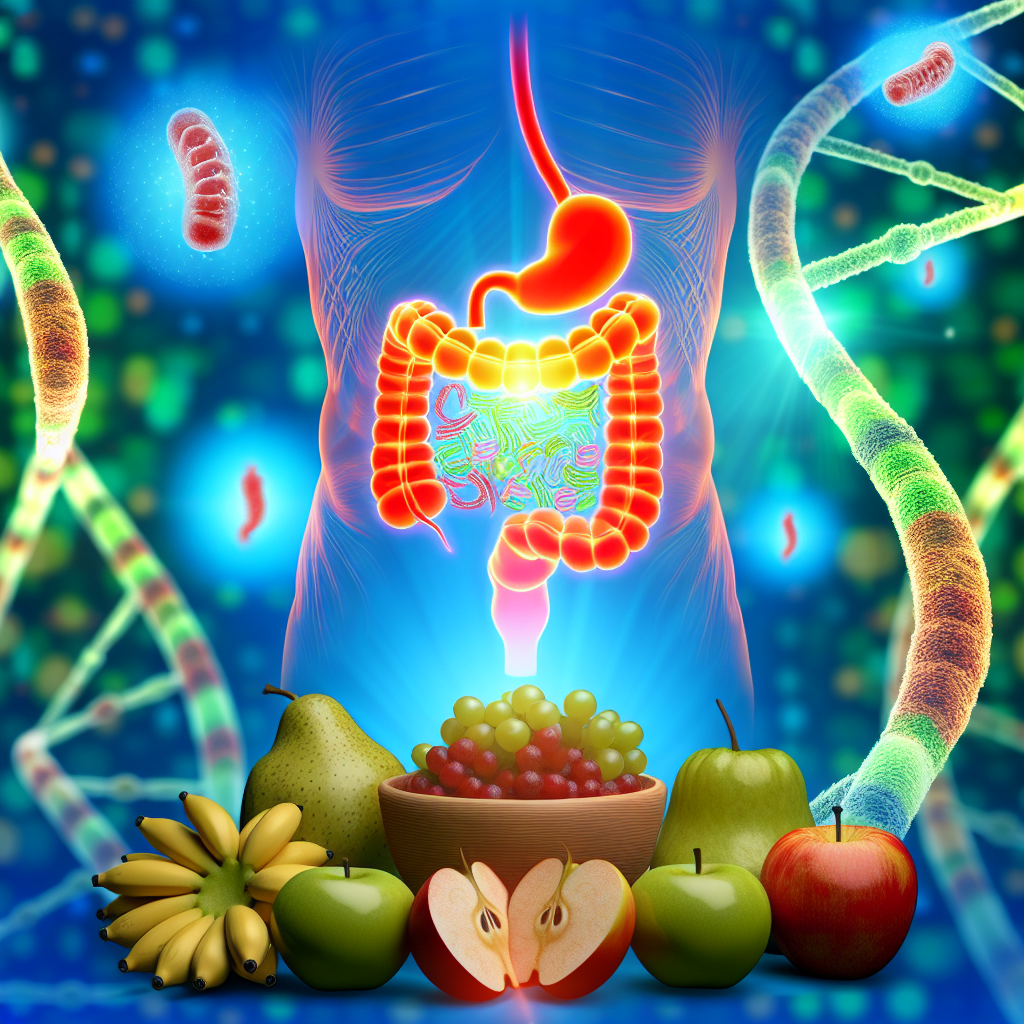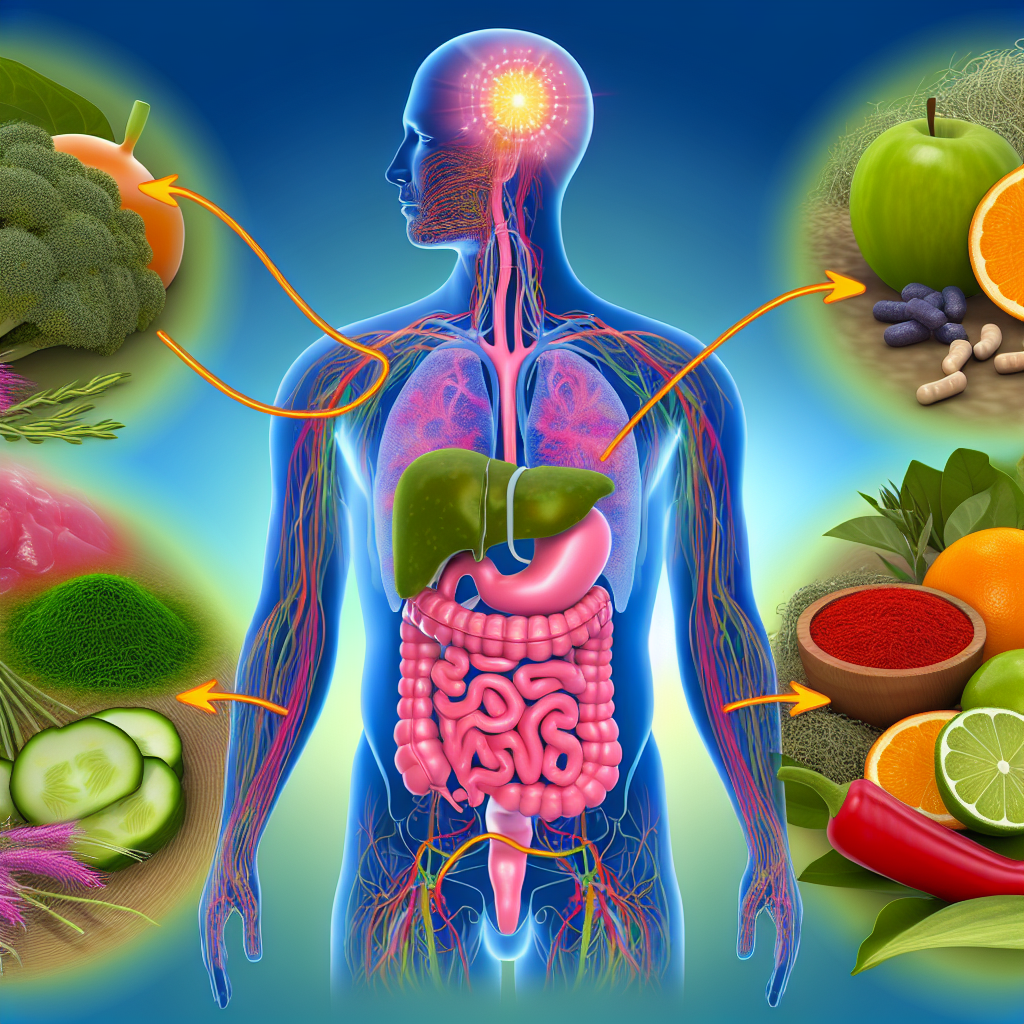Seasonal Detox Protocols for Gut Reset and Inflammation Reduction
Revitalize Your Gut: Why a Seasonal Detox Is Essential for Health
The gut is the cornerstone of overall health, often referred to as the “second brain” due to its complex interactions with the nervous, endocrine, and immune systems. With over 70% of the immune system residing in the gastrointestinal tract, its health directly influences our body’s ability to ward off illnesses, maintain energy, regulate mood, and process nutrients.
In our modern world, the gut faces relentless challenges: processed foods, chronic stress, environmental toxins, inadequate hydration, and prolonged medication use. Over time, these stressors lead to gut dysbiosis (an imbalance of the gut microbiome), increased intestinal permeability (leaky gut), and systemic inflammation—all of which contribute to a range of chronic health conditions from allergies and autoimmune diseases to metabolic disorders and mental health issues.
Seasonal detox protocols offer a strategic, holistic approach to reset the gut and reduce inflammation. Our bodies naturally undergo subtle physiological changes with each season. Spring calls for a gentle cleanse after a sedentary winter, summer emphasizes cooling and hydration, autumn promotes grounding and nourishment, while winter requires immune fortification and warmth. These shifting rhythms make seasonal detox an ideal opportunity to realign gut health with nature’s flow.
Detoxing isn’t about deprivation or extreme dietary restriction—it’s about nourishment and restoration. A seasonal gut reset protocol may involve a combination of plant-based whole foods, herbal remedies, hydration practices, and specific lifestyle habits to optimize digestion, support liver function, and foster microbiome diversity. Natural antibacterial, antifungal, and anti-inflammatory herbs like turmeric, ginger, dandelion root, burdock, and milk thistle help to cleanse and soothe the gut lining, while foods rich in polyphenols (such as berries, green tea, and olive oil) support microbiota balance.
Incorporating a seasonal gut detox routine can enhance digestion, decrease bloating, improve skin clarity, restore energy, promote regular elimination, and reduce systemic inflammation. More importantly, it builds long-term resilience by allowing the gut microbiome to reset in sync with the changing seasons—making it a valuable practice for anyone seeking lasting digestive wellness and immune balance.
The Science of Seasonal Detox: How Nature’s Rhythms Support Gut Health
Recent scientific research has reinforced the ancient concept of seasonal detoxification by highlighting the interplay between the microbiome and environmental factors, including dietary changes and circadian rhythm shifts. Studies show that the composition of the gut microbiota fluctuates throughout the year in response to diet, temperature, light exposure, and seasonal pathogens.
A pivotal 2017 study published in Science (Smits et al., 2017) examined the gut microbiome of the Hadza hunter-gatherer tribe in Tanzania. It demonstrated clear seasonal cycling in gut microbiota diversity, particularly with fiber-fermenting bacteria population surges during the rainy season when plant fibers were abundant. This cyclical adaptation may be an evolutionary trait that ensured optimized digestion and immune function based on seasonal food availability. These findings underscore the importance of aligning our diets and detox protocols with seasonal shifts.
In terms of inflammation reduction, numerous studies validate the efficacy of herbal medicines in improving gut health. For example:
Turmeric (Curcumin):
A 2019 review in Phytotherapy Research found that curcumin reduces intestinal inflammation by modulating inflammatory cytokines and improving gut microbiota.
Milk Thistle:
Known for its liver-supportive properties, milk thistle (Silybum marianum) enhances the body’s primary detox organ. A 2020 study in the journal Antioxidants reported its ability to mitigate oxidative stress and improve liver function, which in turn supports gut healing and detoxification.
Polyphenol-rich foods—such as pomegranate, apples, blueberries, and green tea—not only protect against oxidative stress but also promote beneficial bacteria like Lactobacilli and Bifidobacteria. A 2020 study from Gut Microbes found these compounds modulate gut microbial composition and strengthen intestinal barrier function.
Ayurvedic medicine and Traditional Chinese Medicine (TCM) also promote seasonal cleansing, using warming spices, seasonal produce, and time-tested rituals to harmonize internal health with external shifts. These ancient systems are now supported by modern evidence underscoring their effectiveness in improving gut and immune dynamics.
Embrace the Seasons: Your Path to a Resilient, Rebalanced Gut
Seasonal detoxification for gut health isn’t a fleeting wellness trend—it’s a science-backed, holistic practice grounded in our body’s innate rhythms and natural need for periodic renewal. By harnessing the power of seasonal foods, evidence-based herbal therapies, and mindful lifestyle shifts, individuals can foster a resilient and thriving gut ecosystem.
As modern research continues to affirm the profound connections between digestive health, inflammation, immunity, and overall wellness, seasonal detox protocols stand out as an intuitive and practical way to support long-term vitality. Whether you’re seeking to rebalance after a heavy winter or recharge in late summer, aligning with nature’s cycles can help your gut return to balance and vitality.
—
Concise Summary:
Incorporating a seasonal detox routine that leverages plant-based whole foods, herbal remedies, and mindful lifestyle habits can help reset the gut, reduce inflammation, and build long-term resilience by aligning the gut microbiome with nature’s rhythms. This science-backed, holistic approach addresses the complex challenges faced by the gut in the modern world, offering a path to lasting digestive wellness and immune balance.
References:
[1] Smits, S. A., Leach, J., Sonnenburg, E. D., et al. (2017). Seasonal cycling in the gut microbiome of the Hadza hunter-gatherers of Tanzania. Science, 357(6353), 802-806. https://doi.org/10.1126/science.aan4834
[2] Hewlings, S. J., & Kalman, D. S. (2017). Curcumin: A review of its effects on human health. Foods, 6(10), 92. https://www.ncbi.nlm.nih.gov/pmc/articles/PMC5664031/
[3] Polyphenols and Gut Microbiota Interactions: Bioavailability and Prebiotic Effects. Nutrients. 2020. https://www.ncbi.nlm.nih.gov/pmc/articles/PMC7432305/
[4] Polyphenols and The Microbiota: An Update. Gut Microbes. 2020. https://www.tandfonline.com/doi/full/10.1080/19490976.2020.1732521
[5] Salomone, F., Godos, J., & Galvano, F. (2020). Silybum marianum (Milk Thistle) and Its Flavonolignan Constituents in Liver Diseases and Beyond. Antioxidants. 2020. https://www.ncbi.nlm.nih.gov/pmc/articles/PMC7695593/

Dominic E. is a passionate filmmaker navigating the exciting intersection of art and science. By day, he delves into the complexities of the human body as a full-time medical writer, meticulously translating intricate medical concepts into accessible and engaging narratives. By night, he explores the boundless realm of cinematic storytelling, crafting narratives that evoke emotion and challenge perspectives.
Film Student and Full-time Medical Writer for ContentVendor.com




